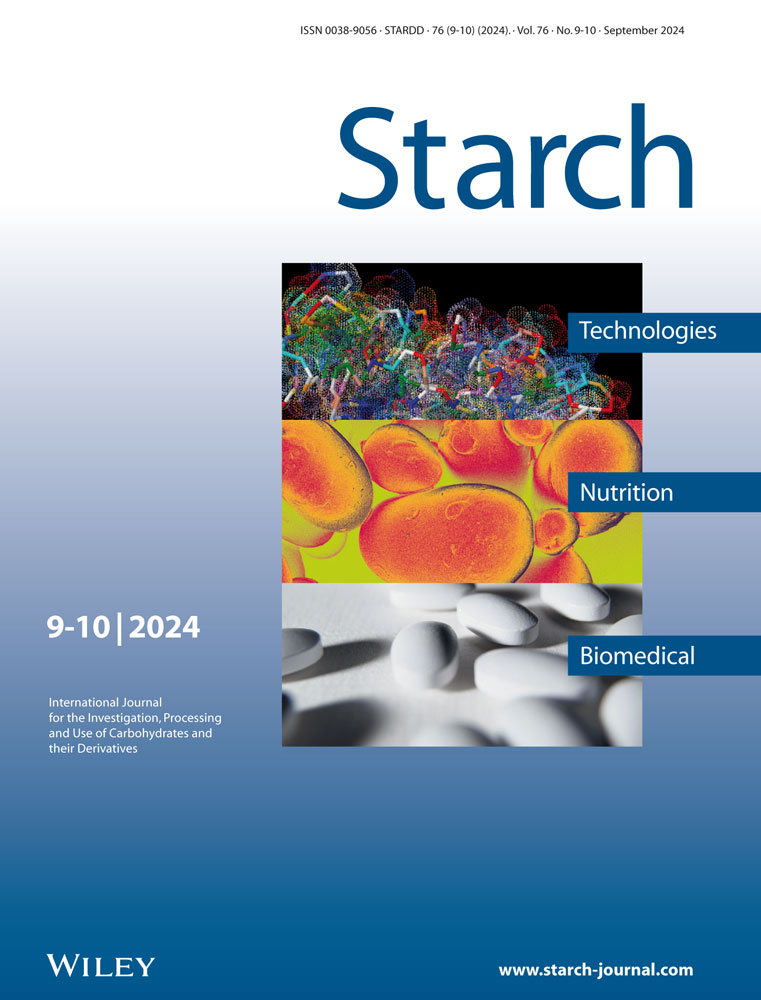Physicochemical and Morphological Properties of Litchi Seed Starch Oxidized by Different Levels of Sodium Hypochlorite
Abstract
Non-conventional starch sources have emerged as an interest due to their inherent physicochemical properties similar to conventional starches. This study aimed to enhance the value of non-conventional litchi seed starch by employing anoxidizing process using different concentrations of sodium hypochlorite (NaOCl)(0.5, 1.5, 2.5, 3.5, 4.5%). The carbonyl and carboxyl content of oxidized starch was in the range of (0.019 – 0.323%) and (0.044 – 0.425%) showing an increase with the increasing concentration of NaOCl. The native and oxidized starches were further characterized for their functional and structural properties. The amylose content of native starch was 21.52% which was reduced to (19.34 – 13.43%) upon oxidation. The water and oil absorption capacities increased with theoxidation level. The swelling power(g/g) and solubility (g/100g) for native starch were 16.17 and 16.20 and 9.5 and 31.40 for modified starch. The oxidized starch produced clearer pastes. Scanning electron microscopy revealed surface erosion and cavities in oxidized starch granulesat higher concentrations. The oxidized starch showed higher relative crystallinity. FTIR was further used to assess structural changes in starches. Therefore, it can be concluded that oxidation significantly altered the characteristics of litchi seed starch, expanding its potential applications in various industries.
Conflict of Interest
The authors declare no conflicts of interest.
Open Research
Data Availability Statement
The data that support the findings of this study are available on request from the corresponding author. The data are not publicly available due to privacy or ethical restrictions.




